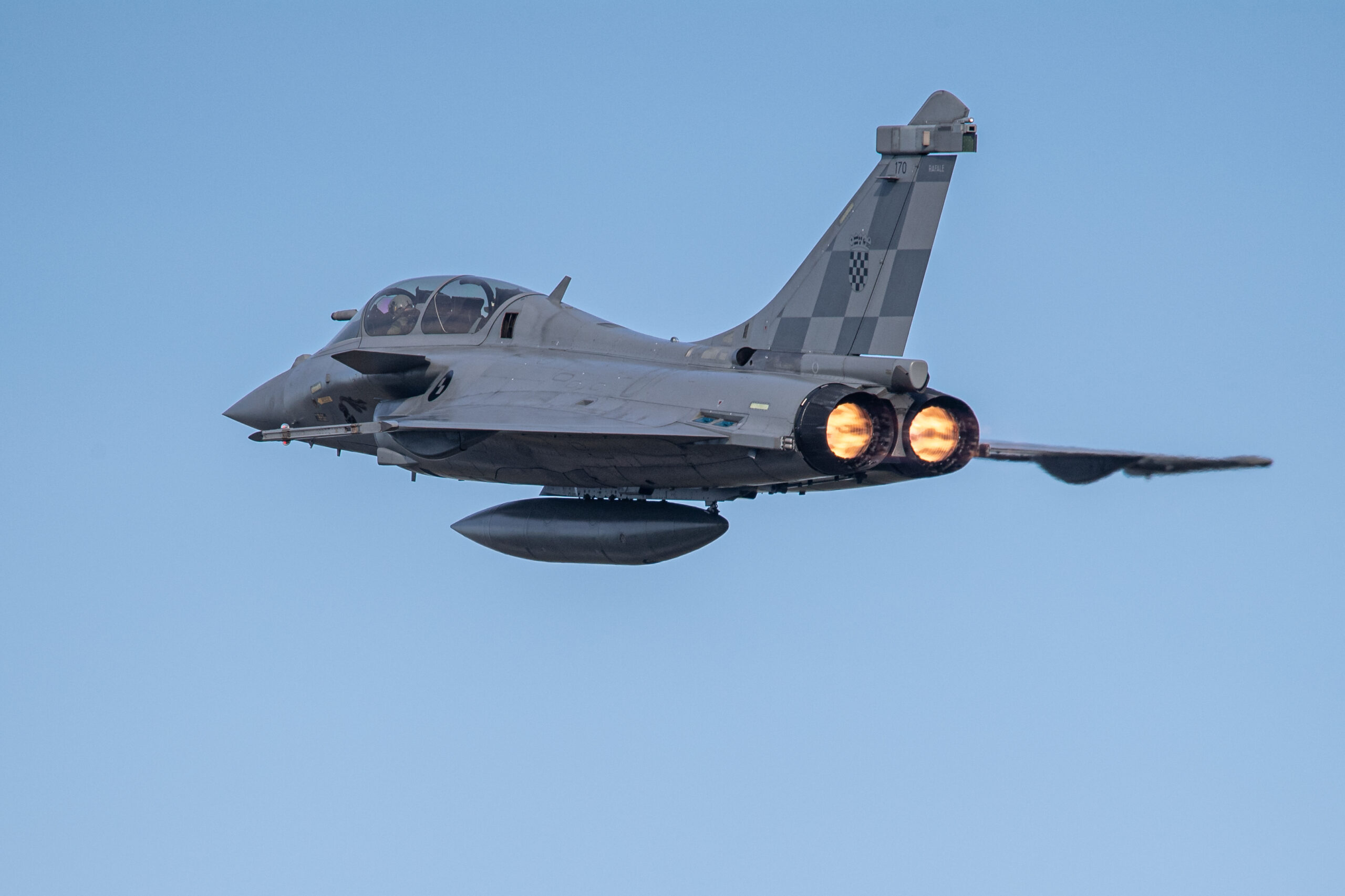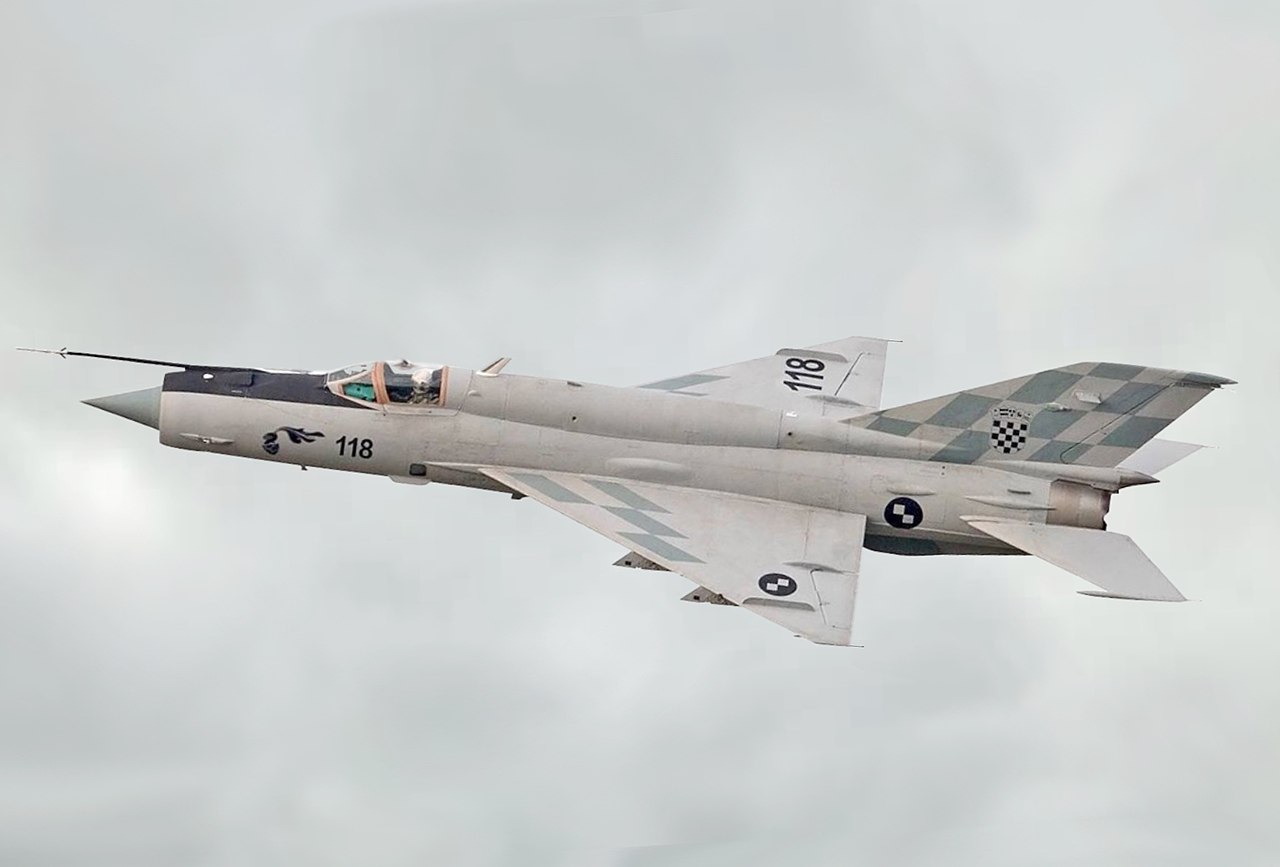Croatia withdraws the last MiG-21 “Fishbed” fighters in active service in Europe, marking the end of an era
On November 30, 2023, the Croatian Ministry of Defense (MORH) announced a significant transition in the protection of its airspace, marking the end of an era for its military aviation. As of December 1, the mission of protecting its airspace (Air Policing) will be temporarily carried out by Italian EF-2000 and Hungarian Gripen fighter jets, following the retirement of the iconic MiG-21 “Fishbed” MiG-21s after more than three decades of service. The move is a response to the obsolescence of the MiG-21 and the entry into service of the new Rafale fighters, expected to be operationally deployed in late 2025 or early 2026.
Although France has already delivered 7 second-hand Rafale F3R fighters (5 single-seat EC and two two-seat DC) to the Croatian Air Force, as reported by the specialized portal TANGO SIX (T6), they will not immediately take over from the MiG-21s, in order not to interrupt the pilot training process.

Meanwhile, protection of Croatian airspace will be provided by Italian Eurofighter and Hungarian Gripen fighter jets at no additional cost to the Zagreb government, thanks to an agreement within NATO, similar to the Baltic Air Police mission that safeguards the airspace of the Baltic countries.
The end of MiG-21 in Europe
The withdrawal of Croatian MiG-21s marks the end of the operational career of the “Fishbed” in Europe. Romania had already retired its MiG-21s in 2023, and Serbia did so earlier, following a tragic accident in 2020. MiG-21s were in service with the Croatian Air Force for almost 33 years, with the first aircraft being received in 1992. With Croatia the last European nation to operate this model, its retirement represents a momentous event in the history of military aviation both in Europe and globally.

The MiG-21, one of the most produced aircraft in aviation history with more than 11,000 units produced, served in a wide variety of air forces over the years. However, its limited ability to operate in modern warfare scenarios, coupled with increasing difficulties in maintaining it in operational condition (Croatia had only three to six units in flying condition), marked the end of its career. As time went by, MiG-21 fleets disappeared, and now, with its definitive retirement from Croatia, the cycle of an aircraft that, although revered in its time for its reliability and low operational cost, has been unable to compete with the technological demands of modern aviation for years.

/https://aviacionlinecdn.eleco.com.ar/media/2020/09/MiG-21UMD-Fuerza-Aerea-Croata-e1605275938778.jpg)
Para comentar, debés estar registradoPor favor, iniciá sesión